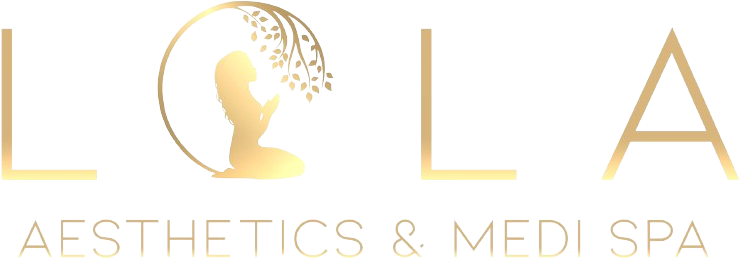Receiving Botox in the nose can be a straightforward procedure, but it often leaves people wondering what comes next. In this guide, we’ll explore what you should expect after getting nose Botox and address some common questions.
Immediate Post-Procedure Effects
Right after receiving Botox in your nose, you might notice some swelling or redness at the injection site. This is a typical reaction and usually subsides within a few hours.
Some individuals may experience a sensation of tightness or slight discomfort in the treated area, which generally fades quickly. It’s advisable to refrain from touching the area to minimize irritation.
For those new to Botox, it’s reassuring to understand that these initial reactions are common and part of the body’s immediate response to the injections. The nascent changes in muscle relaxation will soon become more apparent.
How Long Until You See Results?
It’s important to know that the effects of Botox do not appear instantaneously. Generally, you should start seeing results within 3 to 7 days, with full effects visible in about two weeks.
The gradual onset of results can surprise some, as the primary action lies in the relaxation of muscle activity. As the muscle contractions reduce, so does the prominence of any cosmetic issues, lending to a smoother nasal appearance.
Patience is key during this period. Observing the subtle, captivating changes day by day can align the nose more aesthetically with your overall facial harmony. Meanwhile, maintain regular communication with your provider to discuss any concerns or inquiries you might have.
Activities to Avoid After Receiving Nose Botox
To ensure optimal results, avoid strenuous activities and exercise for the first 24 hours. Additionally, try to keep your head elevated and refrain from touching or massaging the treated area.
Being mindful of body movements can be pivotal in optimal outcome retention. While it’s okay to carry out daily routines, activities that elevate your heart rate or blood flow to the face can interfere with the Botox’s settling process.
If you’re a fan of hot showers or saunas, consider holding off for a day. High temperatures might intensify blood circulation, which could diffuse the Botox prematurely, diminishing the potential effects.
Managing Side Effects
Most side effects are mild, such as slight bruising or tenderness. Using an ice pack can help alleviate some discomfort. However, if symptoms persist or become severe, contact your healthcare provider.
It’s valuable to note that bruising, while unsightly, is usually harmless. Application of arnica gel or similar products can expedite the healing process if it becomes a cosmetic concern.
Over-the-counter pain relievers can be an appropriate choice if any discomfort extends beyond what is manageable, yet always consult with your healthcare professional first to avoid contraindications.
When to Contact Your Healthcare Provider
While Botox is generally safe, watch for any allergic reactions or unusual symptoms. If you experience difficulty breathing, swelling, or hives, seek medical attention immediately.
It’s reassuring to regularly assess your recovery and note any irregularities early on. Addressing concerns with your healthcare provider ensures both peace of mind and expedites any needed responses should complications arise.
Finally, no question or hesitance regarding your Botox outcome should be dismissed. Open dialogues with your practitioner not only refine future sessions but also improve your own understanding of the treatment and its optimal maintenance.
Conclusion
Understanding what to expect after having Botox in your nose can help ease any concerns you might have. With proper care and patience, you can enjoy the benefits safely and effectively.

